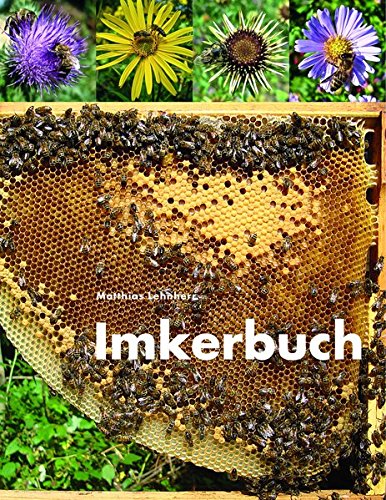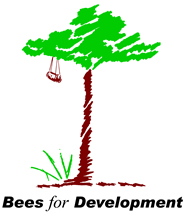Daisuke TAKAMATSU, Masumi SATO, Mikio YOSHIYAMA (2016): Infection of Melissococcus plutonius clonal complex 12 strain in European honeybee larvae is essentially confined to the digestive tract European foulbrood (EFB)
Melissococcus plutonius is an important pathogen that causes European foulbrood (EFB) in honeybee larvae. Recently, we discovered a group of M. plutonius strains that are phenotypically and genetically distinct from other strains. These strains belong to clonal complex (CC) 12, as determined by multilocus sequence typing analysis, and show atypical cultural and biochemical characteristics in vitro compared with strains of other CCs tested. Although EFB is considered to be a purely intestinal infection according to early studies, it is unknown whether the recently found CC12 strains cause EFB by the same pathomechanism. In this study, to obtain a better understanding of EFB, we infected European honeybee (Apis mellifera) larvae per os with a well-characterized CC12 strain, DAT561, and analyzed the larvae histopathologically. Ingested DAT561 was mainly localized in the midgut lumen surrounded by the peritrophic matrix (PM) in the larvae. In badly affected larvae, the PM and midgut epithelial cells degenerated, and some bacterial cells were detected outside of the midgut. However, they did not proliferate in the deep tissues actively. By immunohistochemical analysis, the PM was stained with anti-M. plutonius serum in most of the DAT561-infected larvae. In some larvae, luminal surfaces of the PM were more strongly stained than the inside. These results suggest that infection of CC12 strain in honeybee larvae is essentially confined to the intestine. Moreover, our results imply the presence of M. plutonius-derived substances diffusing into the larval tissues in the course of infection.
Attachments:
| File | Description | File size | Downloads |
|---|
 78_15-0405.pdf 78_15-0405.pdf | | 1983 kB | 3167 |
 Lehnherr, Mathias (8. Aufl. 2017) [1992]: Imkerbuch
Lehnherr, Mathias (8. Aufl. 2017) [1992]: Imkerbuch

